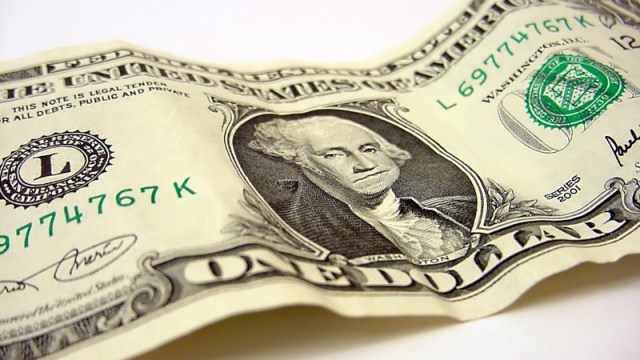Obama Administration Gives Fannie Mae And Freddie Mac Blank Check – Part I

The Obama Administration gave Fannie Mae and Freddie Mac a big Christmas present last week. By issuing an executive order removing the 400 billion dollar bailout caps through 2012, the White House furnished the government sponsored entities, which are currently in conservatorship, with unlimited access to the nation’s treasury to aid them in shoring up a very weak mortgage market.
The opponents of the Christmas Eve maneuver didn’t know how auspicious their comments were when they charged that the administration was engaging in a political sleight-of-hand. The Wall Street Journal reports that Rep. Spencer Bachus of Alabama, the ranking Republican on the House Financial Services Committee, said the Christmas Eve announcement was designed “to prevent the general public from taking note.”
The subsequent failed terror attempt on Christmas Day, and the ensuing brouhaha over the confirmation of TSA nominee Erroll Southers, a confirmation that has been put on hold by Senator Jim DeMint (R) of South Carolina, are filling all the available bandwidth on cable news shows and talk radio. No one is talking about the blank check the president has given Fannie Mae and Freddie Mac for the next three years.
More importantly, no one is asking the hard questions, questions like “what does this say about the current state of the United States mortgage market?” or “who will determine the mix of recipients who receive this money, whether it is tendered directly, or presented in exchange for mortgage assets?”
In order to really understand how significant this action by the Obama Administration is, we need to look at a few facts about the U.S. mortgage marketplace.
Fannie Mae originated under FDR, when local banks could no longer lend to home buyers. In those years, the entity operated similarly to a national savings and loan, according to the History News Network, allowing local banks to charge low interest rates on mortgages for the benefit of the home buyer. Lyndon Johnson privatized Fannie Mae during the Vietnam War to balance the nation’s books, granting it its present day status as a government sponsored entity (GSE) . Freddie Mac, a similarly structured entity, was mainly created so that Fannie Mae would not enjoy a monopoly.
Today, there are approximately 11 trillion dollars worth of residential mortgages outstanding. Between Fannie Mae and Freddie Mac, these two mortgage pool operators have facilitated 6.5 billion dollars worth of mortgage loans. Practically every prime mortgage in the country goes through their hands.
With an estimated four million mortgages likely to be in default in the coming year, Fannie Mae and Freddie Mac will play an important role in any recovery effort.
Tomorrow, we will examine some of the hard questions that need to be asked about the blank check the White House has given these entities.





